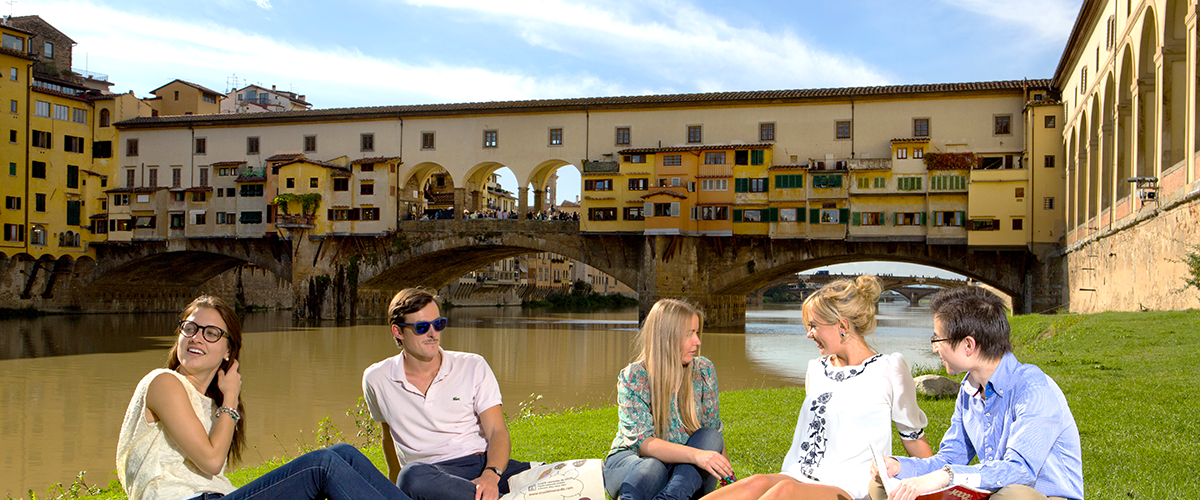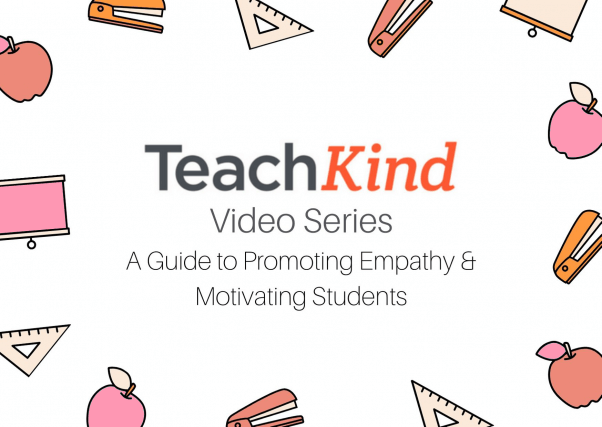Handy Facts On Picking Italian Nursery Teaching Aids
Wiki Article
What Educational Materials And Information Do Kindergarten And Primary Schools Need?
Primary and kindergarten schools generally require a range of educational and information materials to support the learning and development of their pupils. There are certain materials that may be required, such as: Curriculum materials - These are materials that are designed to help and improve the learning objectives set forth in the curriculum of the school. These materials may include workbooks, textbooks, lessons plans and other materials.
Classroom supplies – Classroom supplies such as pencils, paper as well as scissors and glue as well as other art supplies are vital to help children complete their assignments and other activities.
Technology for education. In this digital age technological advancements in education, like computers tablets and interactive whiteboards are readily available to offer resources for students and enhance their education.
Books - Elementary and kindergarten schools must have a range of books that encourage language and literacy development.
Blocks, puzzles and games can be great for developing spatial awareness and the ability to solve problems.
Visual aids. Posters, maps charts, as well as other visual aids can be used to help students remember and master important concepts.
Music and Art Materials - Materials for art, instruments like clay, paints and other substances give children creative outlets and promote self-expression.
Safety materials – Safety materials such as first aid kits, and fire extinguishers contribute to ensure the health and safety of both students and staff.
Primary schools and kindergartens must be equipped with a variety of educational and instructional tools to help create an atmosphere that's stimulating and safe for students. View the top rated sostegno infanzia for website advice.

What Maths Educational Games Are Recommended By Italian Schools?
Maths didactics can be used to introduce fundamental mathematical concepts to infants and toddlers. Maths didactics can be utilized to introduce children to basics of math. You can use illustrations to enhance the learning experience by using objects or animals as numbers.
Shape cards are an excellent opportunity to let your child understand the various shapes. For example, they can teach them how to identify and describe circles, squares and triangles. The illustrations could be of real objects that depict the shapes.
Color cards: Kids can learn to identify colors by using color cards. You can use illustrations with objects that are a dominant color to enhance the learning experience.
Counting cards can assist children to learn from 1 to 10 or even more. In order to make learning enjoyable it is possible to include images of animals or other objects that represent the numbers.
Time cards. Time cards are a great way to teach children names and dates of the weeks and months. To make the learning process more fun, they could be illustrated with clocks or calendars.
Maths cards must be age-appropriate fun, interactive and engaging for young children. Teachers and parents can make use of these cards to develop exciting and engaging Maths activities that promote children's curiosity and enthusiasm for learning. View the top schede didattiche matematica sostegno for more tips.

What Teaching Material In Science What Is Required In Italian Nurseries?
Support for science materials in Italian nurseries can be very helpful to children in the early years as they discover and gain knowledge about the world. Here are a few examples of when the use of science materials is required: Curriculum and lesson plan A well-constructed lesson program and curriculum that integrates scientific concepts can make sure that children are exposed and learn many scientific concepts.
Instruments for visual and tactile learning Charts, posters, natural specimens, magnifying glass kits and more are all a great way to assist children to grasp the scientific concept through a visual and tactile approach.
Videos and books. Books that focus on science-related topics, such as animals, plants, weather and space are excellent for children to be entertained and provide additional sources.
Outdoor learning spaces: Outdoor learning areas like playgrounds and gardens can offer opportunities for children to explore and discover the natural world.
Participation of parents: involving parents in science education could assist in enhancing concepts learned in nursery. This also promotes family involvement.
Assessment instruments. Teachers and parents can utilize these tools to assess their children's progress and also to pinpoint areas of needing additional assistance.
It is essential that teaching materials are suitable for children of all different ages. The materials can be utilized by caregivers and teachers to create interactive and engaging science lessons that stimulate children's curiosity. Read the top materiale didattico scienze for website info.

What Kind Of Geography Materials Should Be Used In Italian Kindergartens?
Italian nurseries can offer children geography-related material that can help them develop a better knowledge of the world around them and also teach them about different cultures and the world. Here are a few examples of teaching materials for geography which may be required: Maps: Maps can aid children in understanding the geography of different regions and countries, as well as the exact location of landmarks and natural landscapes.
Globes. Globes will aid your child in understanding the Earth's surface. They can also learn more about the continents.
Videos and pictures: Pictures and videos of different places and cultures can help children learn about the variety of the world and build a love for the different ways of living.
Books: Books that are age-appropriate with a focus on different cultures and countries that are from all over the world encourage children to explore the world of geography.
Natural materials, such as shells, plants and rocks can be used to teach children about various ecosystems and their environments.
Field excursions The field trip to local parks, zoos, or museums offer children hands-on experiences and opportunities to study geography in a an actual setting.
Select geography-related teaching resources that are suitable for the age group and sensitive to cultural differences. Teachers and caregivers can use these materials in order to create engaging, interactive geography activities which encourage children's interest and curiosity.